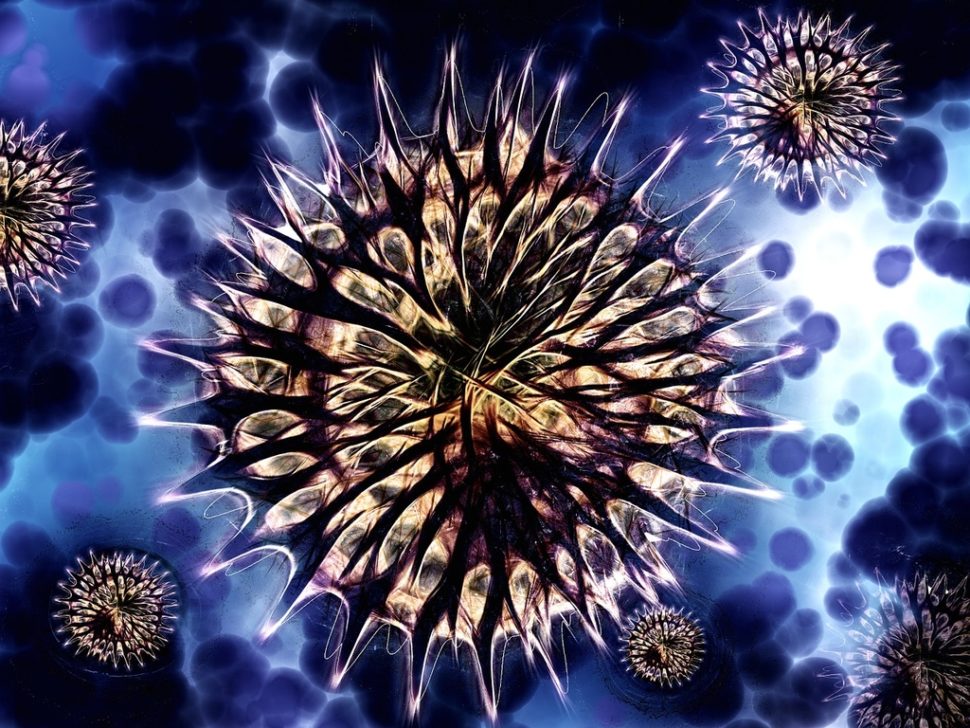The CDC has warned the public about a new breed of nightmare bacteria that is resistant to almost all antibiotics.
According to a new study conducted by the Centers for Disease Control and Prevention, nationwide testing revealed the existence of 221 unusual germs. These germs were reportedly resistant to nearly all, if not all, antibiotics used in the study.
“Unusual resistance germs, which are resistant to all or most antibiotics tested and are uncommon or carry special resistance genes, are constantly developing and spreading. Lab tests uncovered unusual resistance more than 200 times in 2017 in ‘nightmare bacteria’ alone,” the CDC reported.
Further reports said that the actual number could potentially be higher as the experiment only involved specific laboratories in each state across the United States.
While this is not the first recorded account of antibiotic-resistant germs, the importance of this study hoped to find out more about the prevalence of these bacterial strains.
“Germs constantly develop resistance against new and older antibiotics. Antibiotic-resistant germs can cause difficult-to-treat or untreatable infections. Some types of antibiotic resistance are already widespread,” CDC explained.
In the United States alone, over 23,000 Americans are dying annually from infections caused by the so-called “nightmare bacteria”. The CDC’s findings revealed that one in every four sample bacteria had special genes that enabled them to spread resistance to other bacteria.
What’s even more alarming is that about one in ten “symptomless” people that were screened had the nightmare bacteria. This means there are many silent carriers of potential illnesses.
“CDC’s study found several dangerous pathogens, hiding in plain sight, that can cause infections that are difficult or impossible to treat,” Anne Schuchat, CDC’s Principal Deputy Director, said. “It’s reassuring to see that state and local experts, using our containment strategy, identified and stopped these resistant bacteria before they had the opportunity to spread.”
Right now, researchers are working on developing more antibiotics while looking for alternative ways to prevent the bacteria without the need for antibiotics. Despite these efforts, the CDC is still urging every hospital and healthcare provider to always remain on top of the problem.



















Comments (0)
Most Recent